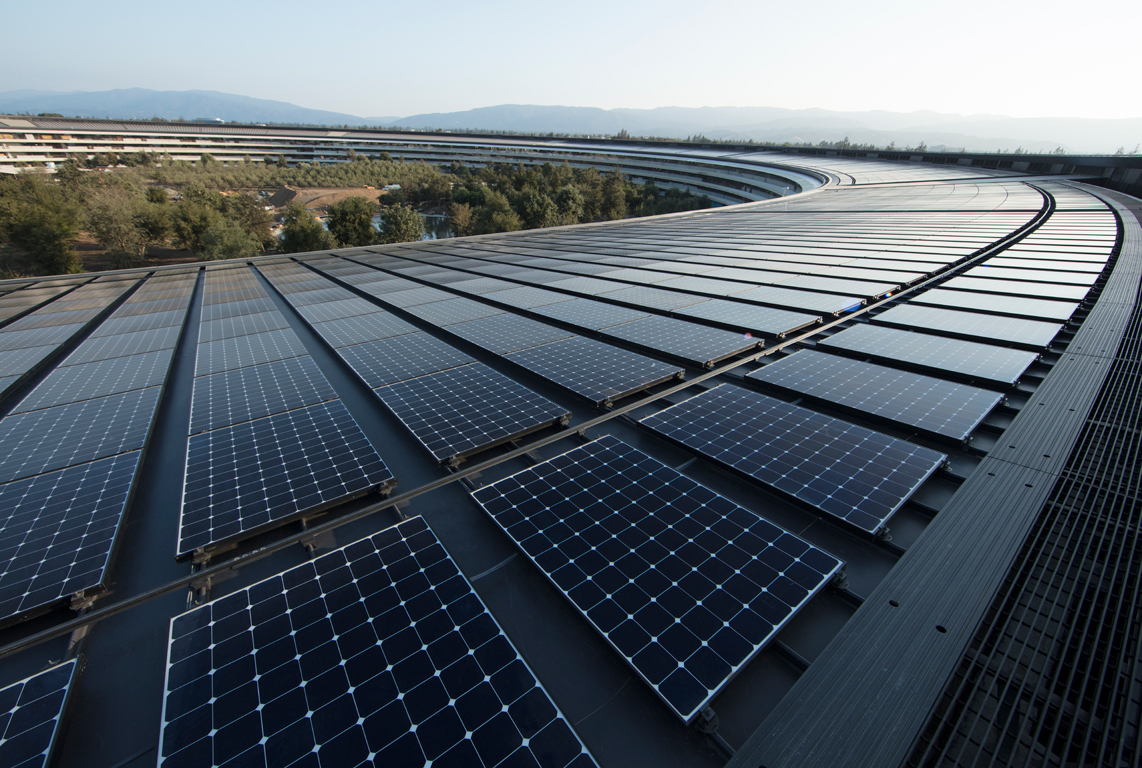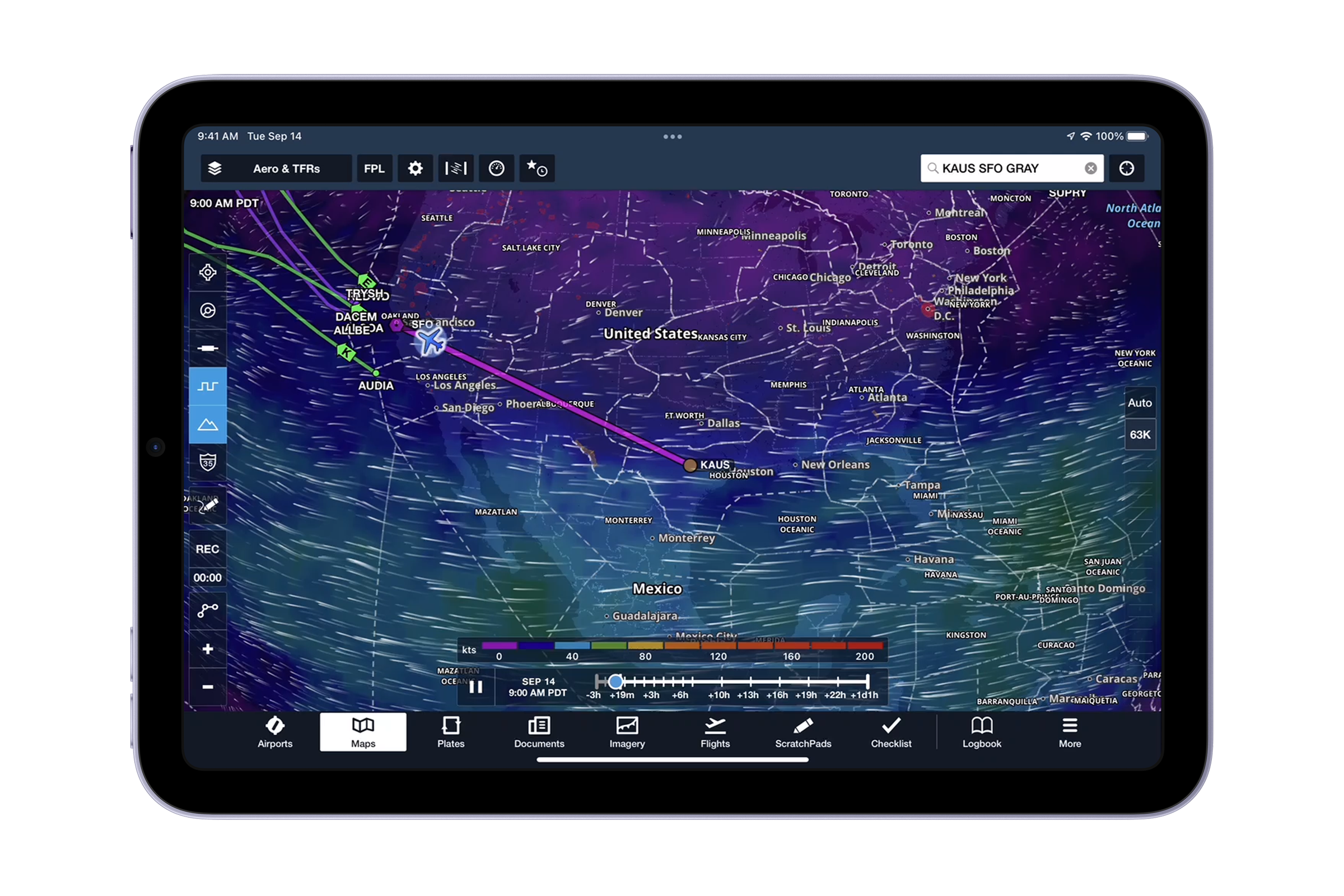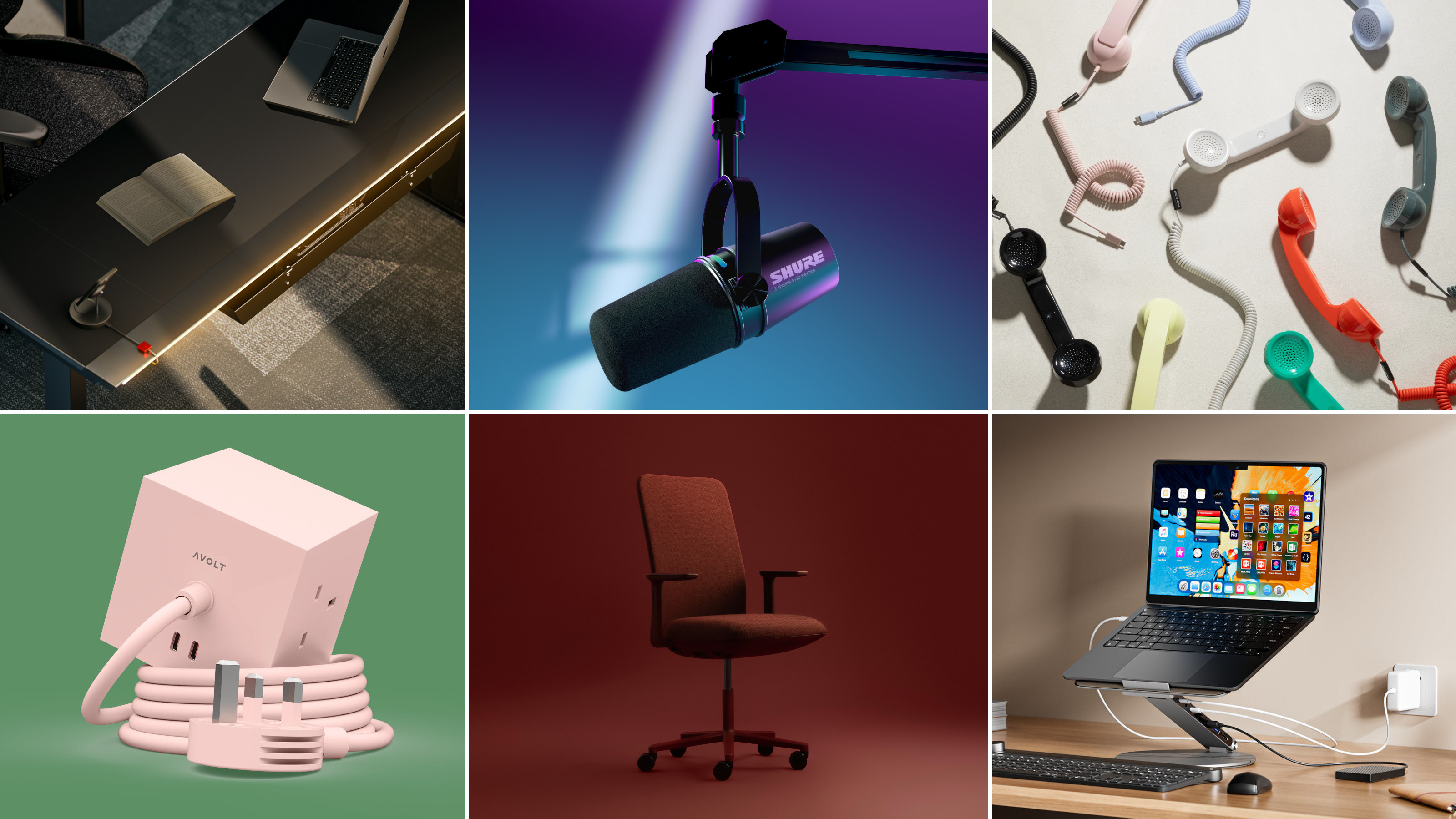Apple makes ‘2030 carbon neutral’ pledge
Apple has pledged that it will become carbon netural by 2030. We take a closer look at the steps the brand is taking to evolve its sustainability practices

This week, Apple announced a swathe of new updated products, including a new iPhone 13 and iPhone 13 Pro (with superior cameras and improved battery life); an updated Apple Watch (faster charging, larger face, more durable) and a new iPad and iPad Mini (superfast 5G, a new camera, a bionic chip for powerful processing and more storage).
But at what cost, environmentally? Along with the release of the products, Apple made some announcements about its current and future sustainability practices. Notably, the big takeaway is the pledge to become carbon neutral by 2030.
It’s a high-profile statement from a consumer electronics company; up until now, the most prominent promises have come from the auto industry. Among others, BMW has an aggressive strategy to lower carbon emissions, while Polestar (which produces far fewer vehicles) has also pledged carbon neutrality by 2030. In contrast, a global giant like Hyundai, which makes over 6.5m vehicles a year, reckons it needs until 2045 to make the transition.
But how exactly will Apple achieve its carbon neutral status? The path to success is of course multi-pronged and complex.
Decarbonising the supply chain
Firstly, by decarbonising its supply chain by using renewable energy. Apple’s global corporate operations (stores, offices, data centres) have run on 100% renewable energy since 2018, but it’s now extending this throughout the business, as well as outside of its own jurisdiction: the company has done a handshake with 110 of its suppliers, demanding they use renewable energy for any Apple based manufacturing - and happily, some of those suppliers have gone a step further, fully switching to renewable energy across their businesses.
Furthermore, to sequester those carbon emissions which, for the time being, remain unavoidable, Apple is working with Conservation International and Goldman Sachs to create a $200 million Restore Fund, to invest in conservation initiatives while generating financial return (initiatives include restoring degraded savannah land in Kenya and innovating with Columbia’s coastal mangroves.)

Apple iPad Mini
Reducing consumption
Secondly, by reducing consumption. This is manifold, and will likely point to a reduction in units sold per customer (although the tech giant would likely look to recruit enough new customers to make up for any per head slowdown). Improving the durability and lifespan of items lessens the need for further production. Another facet of giving products a longer or second life is refurbing old devices: in 2020, Apple sent 10.4 million devices to be overhauled for new users. Next is reducing excess packaging. First to go is the plastic wrapping around iPhone boxes which will eliminate 600 metric tonnes of plastic over the product’s life cycle.
Recycled and renewable sources
Thirdly, the brand is moving towards using only recycled and renewable sources for the 14 key materials - including tin, aluminium, cobalt, rare earth elements and more - that make up 90% of Apple products, although some are already made from 100% renewable or recyclable materials, such as the iPhone Watch case which uses 100% recycled aluminum (you can check your device’s environmental report card on Apple’s environmental page.
Receive our daily digest of inspiration, escapism and design stories from around the world direct to your inbox.
While well-intentioned, using materials labelled as ‘renewable’ comes with its own complex issues, as explained by Greta Thunberg in a recent instagram post. For example, often the materials may be renewable but they are not being renewed at the same pace as their consumption. But Apple is committed to replenishing at the rate of usage, pointing to the example of its cardboard coming from responsibly managed forests that meet this requirement. The new iPhone 13 and iPhone 13 Pro are made from 100% recycled tin, and recycled, strengthened plastic water bottles are used to make the antenna. The new Apple Watch proudly sports a 100% recycled aluminium case.

Apple’s robot Daisy retrieves end of life consumer materials for recycling
End-of-life recyclable materials
Fourthly, by retrieving end-of-life consumer recyclable materials, which is made possible in part thanks to Daisy, Apple’s proprietary robot (and her robot compatriot, Dave) who disassembles over 1.2 million iPhones every year. Daisy is particularly efficient at sorting raw materials and retrieving small elements such as batteries which can otherwise be lost in the maelstrom of shredded materials.
Buy back schemes
And finally, buy back schemes are becoming increasingly popular for brands, from H&M to Ikea - the latter of which is now allowing customers to get a valuation online for their old furniture before trading in. Apple encourages customers to “turn the device you have into the one you want” giving credit for eligible devices, or recycling ones that don’t qualify.
To learn more about Apple’s steps towards its 2030 carbon neutral promise, you can read its Environmental Progress Report here.
INFORMATION
apple.com
Tilly is a British writer, editor and digital consultant based in New York, covering luxury fashion, jewellery, design, culture, art, travel, wellness and more. An alumna of Central Saint Martins, she is Contributing Editor for Wallpaper* and has interviewed a cross section of design legends including Sir David Adjaye, Samuel Ross, Pamela Shamshiri and Piet Oudolf for the magazine.
-
 Sabine Marcelis has revisited her Ikea lamp and it’s a colourful marvel
Sabine Marcelis has revisited her Ikea lamp and it’s a colourful marvelSabine Marcelis’ ‘Varmblixt’ lamp for Ikea returns in a new colourful, high-tech guise
-
 Is the Waldorf Astoria New York the ‘greatest of them all’? Here’s our review
Is the Waldorf Astoria New York the ‘greatest of them all’? Here’s our reviewAfter a multi-billion-dollar overhaul, New York’s legendary grand dame is back in business
-
 Colleen Allen’s poetic womenswear is made for the modern-day witch
Colleen Allen’s poetic womenswear is made for the modern-day witchAllen is one of New York’s brightest young fashion stars. As part of Wallpaper’s Uprising column, Orla Brennan meets the American designer to talk femininity, witchcraft and the transformative experience of dressing up
-
 Apple Music’s new space for radio, live music and events sits in the heart of creative LA
Apple Music’s new space for radio, live music and events sits in the heart of creative LAApple Music’s Rachel Newman and global head of workplace design John De Maio talk about the shaping of the company’s new Los Angeles Studio
-
 Seven covetable accessories designed to improve your Apple experience
Seven covetable accessories designed to improve your Apple experienceWe present a clutch of cultured accessories for all things Apple, from chargers to cases, straps and keyboard covers
-
 Hunker down in a perfectly equipped work-from-home hub this winter
Hunker down in a perfectly equipped work-from-home hub this winterIf your WFH set-up needs an upgrade, or if you need to kit out a new small business from scratch, we’ve got you covered
-
 Apple Watch Ultra 3 has innovation at its heart – a 3D-printed titanium case
Apple Watch Ultra 3 has innovation at its heart – a 3D-printed titanium caseWe delve into Apple’s pioneering use of 3D-printed metal, and how it ties in with the company’s path to carbon neutrality
-
 Bionic Labs builds precision next-level Apple accessories from aluminium and stainless steel
Bionic Labs builds precision next-level Apple accessories from aluminium and stainless steelFrom stands, chargers and keyboard trays to a set of accessories for the Vision Pro, Parisian design studio Bionic Labs offers only the best for your Apple gear
-
 The best wireless in-ear headphones, tested by experts
The best wireless in-ear headphones, tested by expertsOur latest round up of the best wireless in-ear headphones includes products from Apple, Bang & Olufsen, Bose, JBL, Nothing, and Sony
-
 We roadtest Apple’s newest wearable tech, the Apple Watch Ultra 3 and Series 11
We roadtest Apple’s newest wearable tech, the Apple Watch Ultra 3 and Series 11The Apple Watch Ultra 3 hardly reinvents Apple’s most ruggedly handsome of designs, but it does refine it. And for truly off-grid adventurous types, it adds some potentially critical capabilities
-
 The Apple iPhone Air leads the company’s round of autumn product launches
The Apple iPhone Air leads the company’s round of autumn product launchesThe new Apple iPhone 17 range boasts better cameras, more memory and more Apple Silicon. It launched alongside new Apple Watches, new AirPods and the remarkable iPhone Air. We explore out the key innovations and products